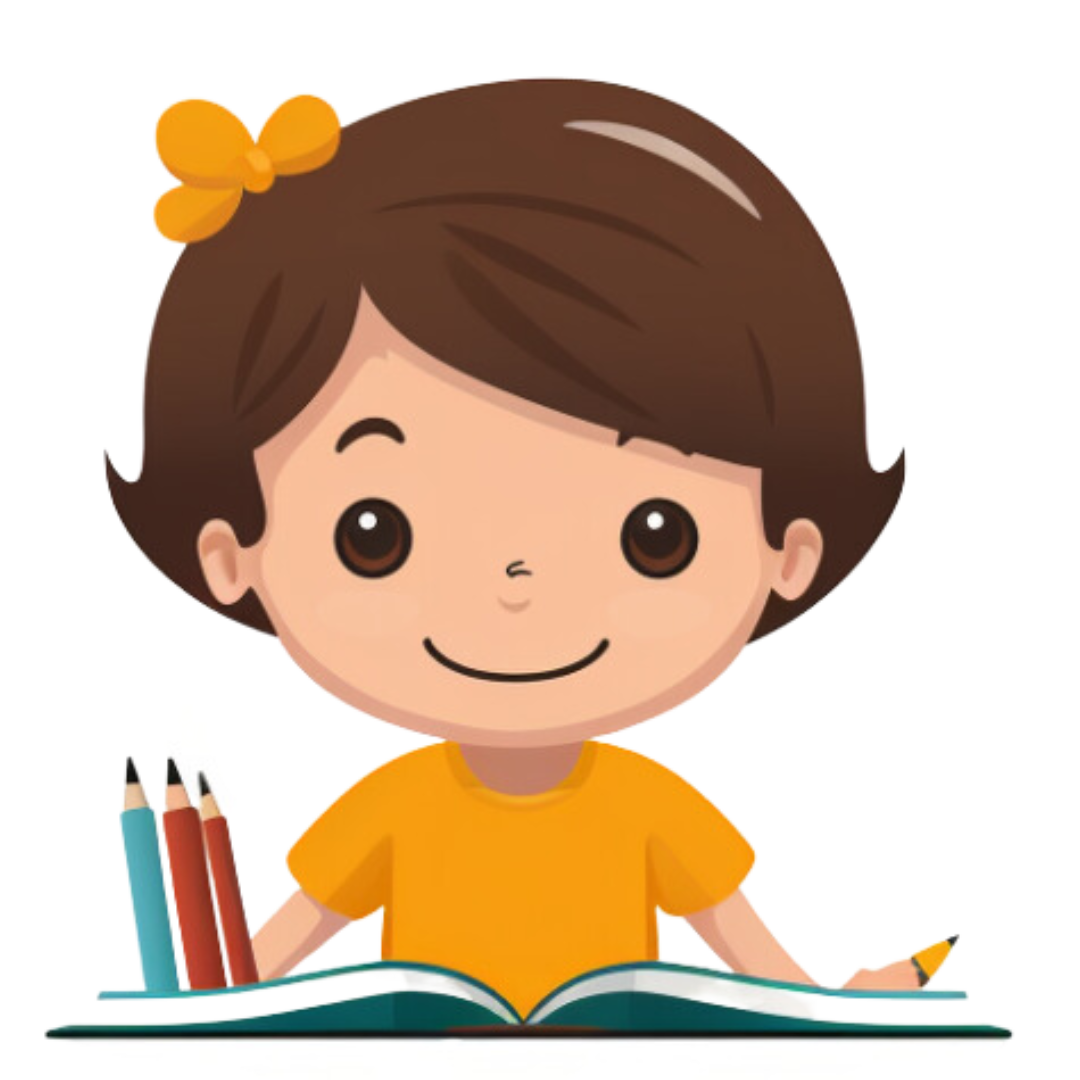Story Worksheet
Koala Mystery On The Mountain
Rating: 0
Story: Koala Mystery On The Mountain (EASY)
In a big mountain, a small koala lived.
His name was Kiki.
Kiki loved to eat leaves.
One day, Kiki's leaves were gone.
Kiki was sad.
He looked for his leaves.
He saw footprints.
They were big.
Kiki was scared.
But he was brave too.
He followed the footprints.
He found a big bear.
The bear was eating leaves.
Kiki said, "Those are my leaves!" The bear was sorry.
He gave the leaves back.
Kiki was happy.
He went home.
He ate his leaves.
The bear was his friend now.
They shared the leaves.
Questions and Answers (8)
- Q: Who is the main character?
- A: Kiki
- Q: What did Kiki love to eat?
- A: leaves
- Q: What happened one day?
- A: Kiki's leaves were gone
- Q: What did Kiki find?
- A: footprints
- Q: Who was eating the leaves?
- A: a big bear
- Q: What did Kiki say to the bear?
- A: Those are my leaves!
- Q: How did the bear react?
- A: The bear was sorry
- Q: Who became Kiki's friend in the end?
- A: The bear
Why is this worksheet educational?
The story "Koala Mystery on the Mountain" is educational for several reasons.
Firstly, it introduces children to the concept of mystery and problem-solving.
Kiki, the koala, faces a problem and he takes steps to solve it.
This encourages children to think logically and sequentially.
Secondly, the story introduces children to different animals and their habitats.
They learn about koalas and bears and where they live.
This can stimulate their interest in animals and nature.
Thirdly, the story teaches children about sharing and friendship.
The bear becomes Kiki's friend in the end and they share the leaves.
This can help children understand the importance of sharing and making friends.
Fourthly, the story uses simple, short sentences without any complex words or technical terms.
This makes it easy for children who are just beginning to read.
The repetition of certain words and phrases also helps children to remember them and improve their reading skills.
Lastly, the story is set in the present and in reality, which makes it relatable for children.
They can imagine themselves in Kiki's place and this can stimulate their imagination and creativity.
 ReadWriteHub.com
ReadWriteHub.com